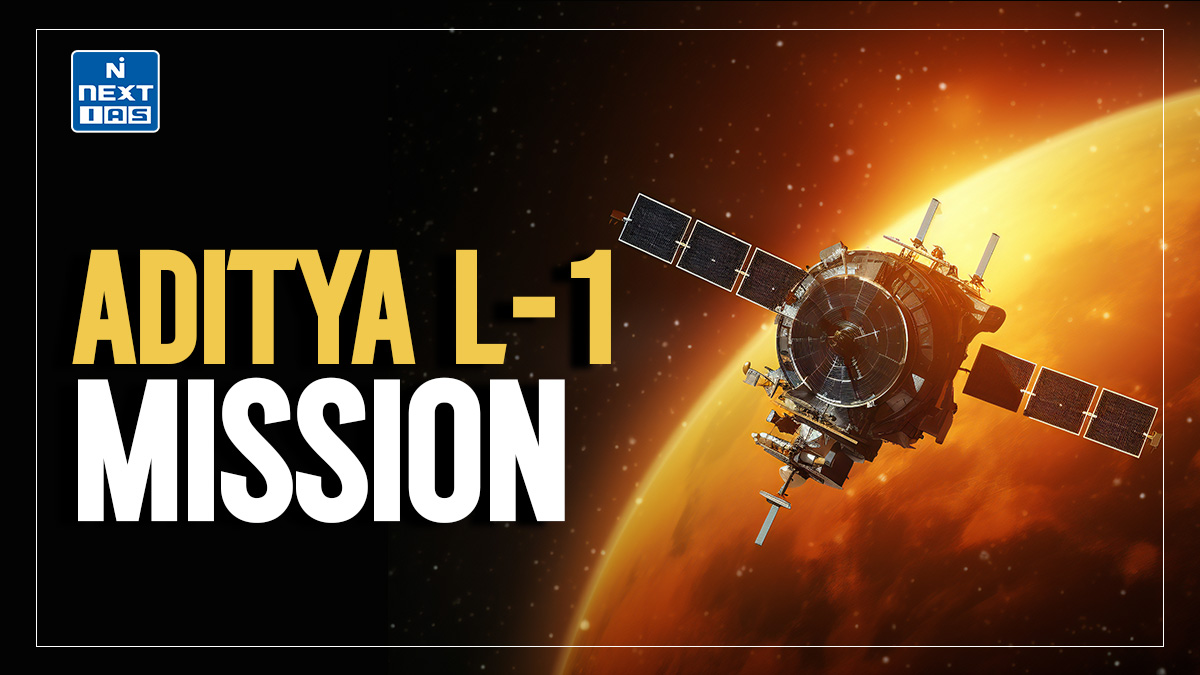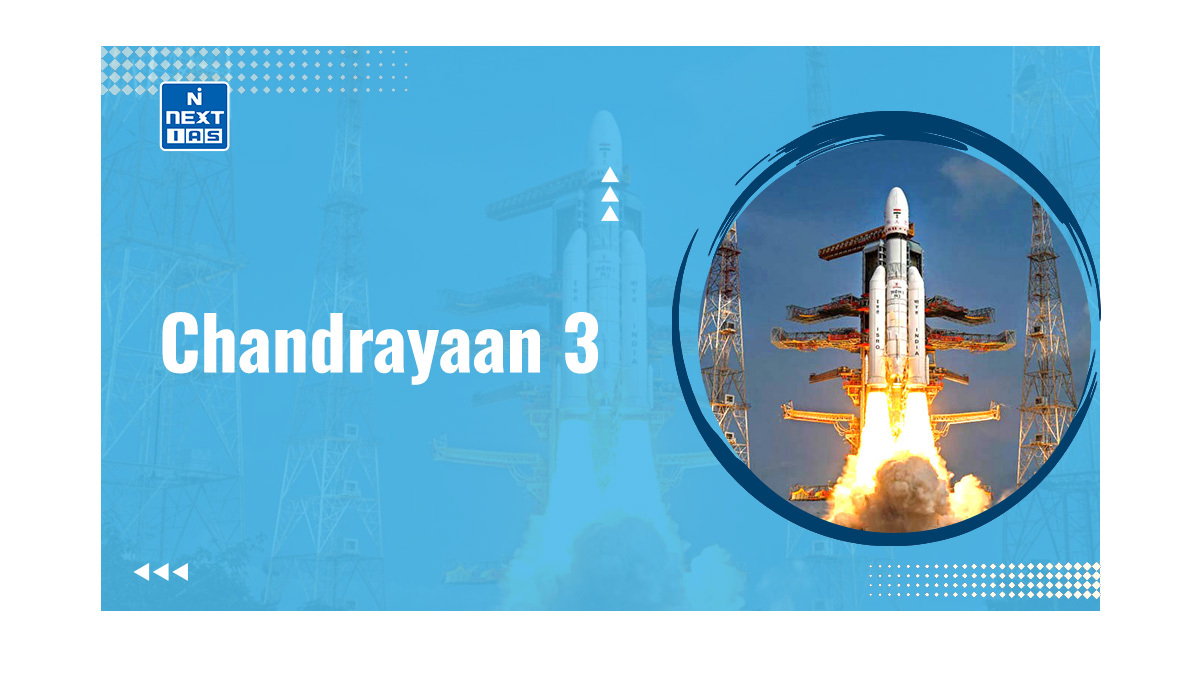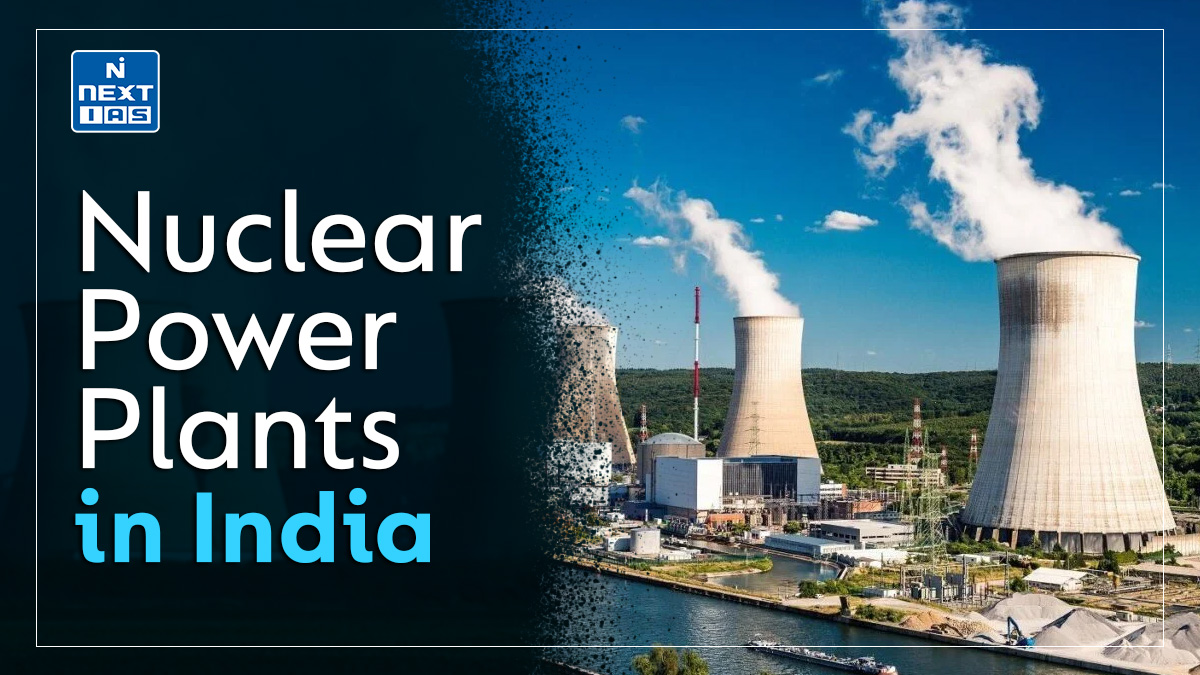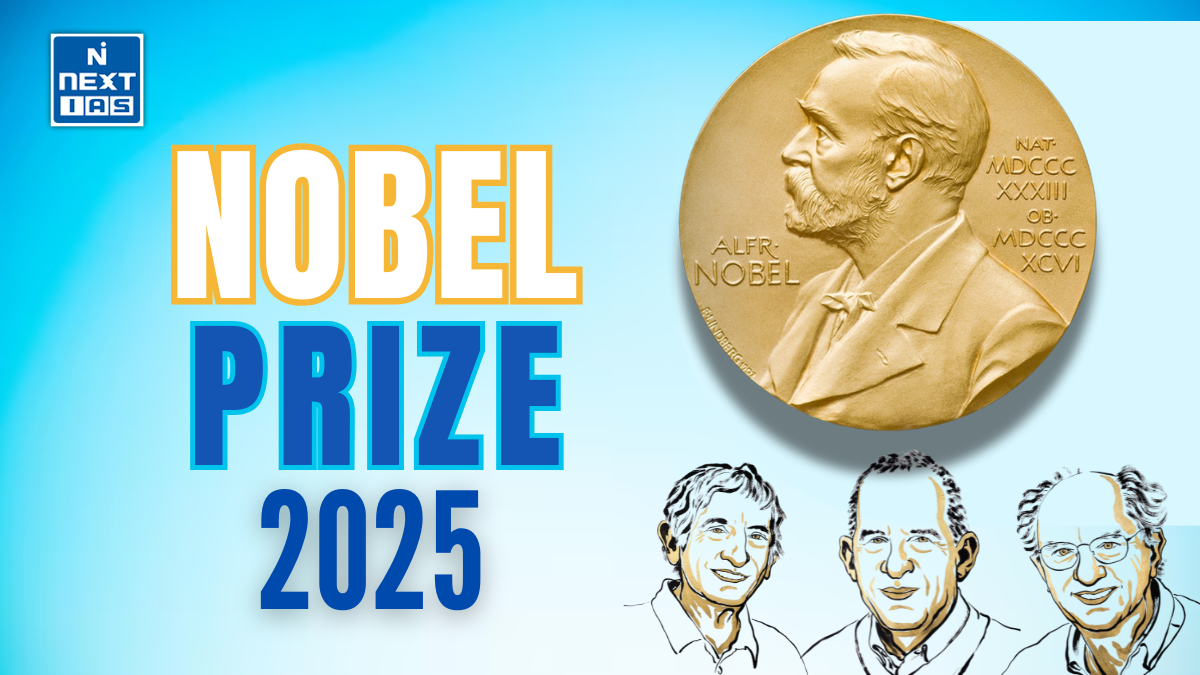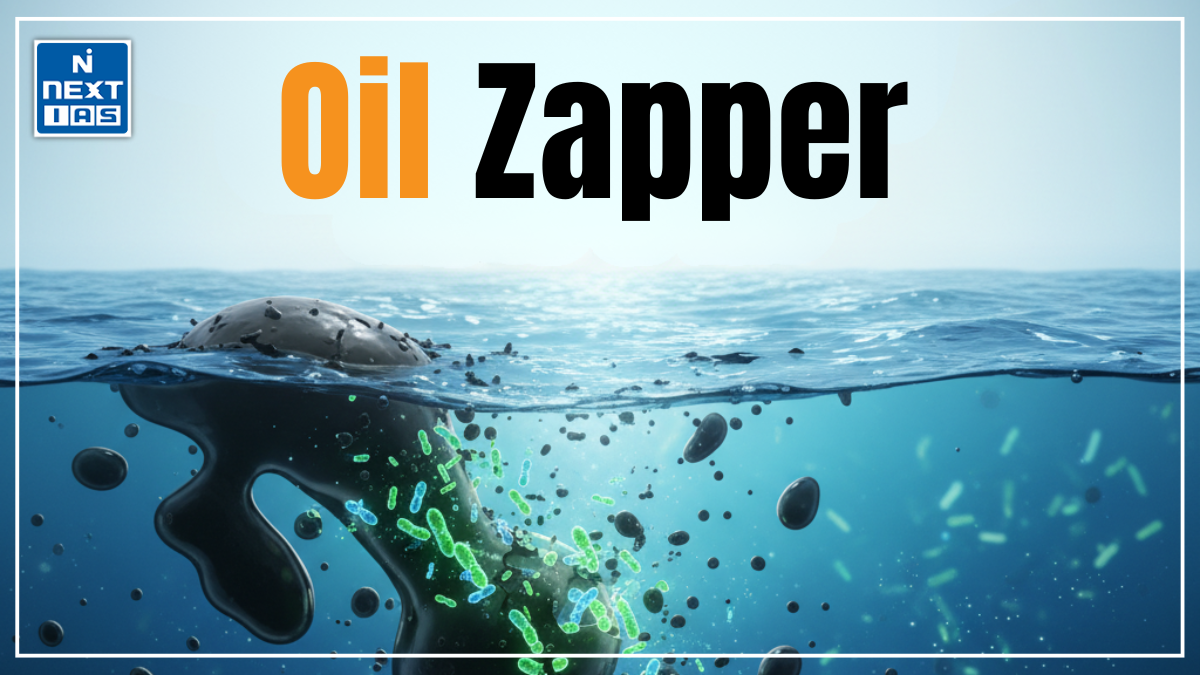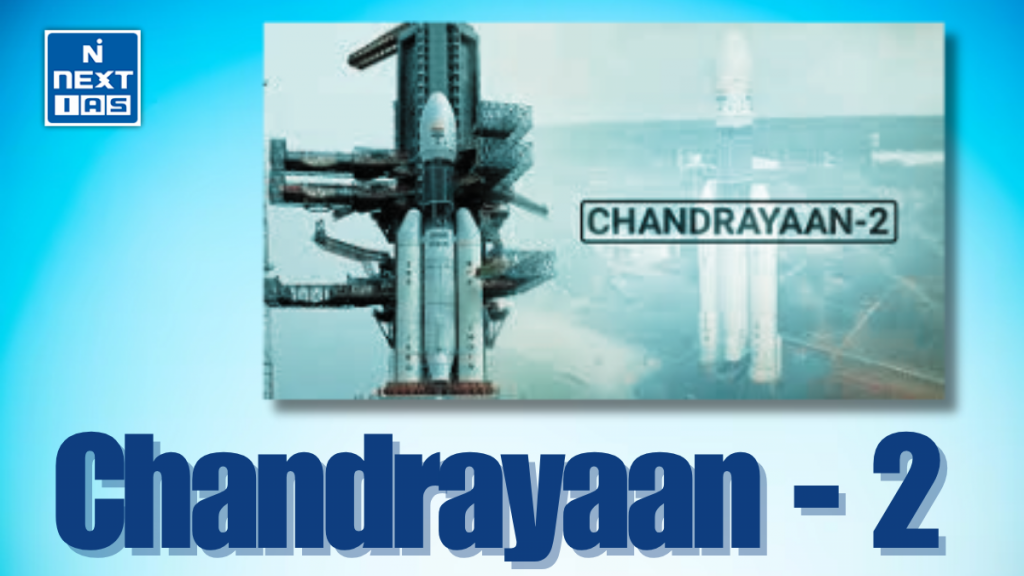
On 22 July and on Chandrayaan-2 Day, the anniversary of the Chandrayaan-2 lunar mission is celebrated. Initiated by ISRO, it was India’s second lunar mission, launched in 2019. It was one of the many milestones which focused its ambitious attempts at exploring the south polar region of the Moon, thus establishing the credibility of India in these nascent sectors of space technology and scientific research and consequently inspiring the younger generation into innovation and space exploration.
About Chandrayaan-2 Launch Anniversary
- July 22 marks the anniversary of the launch of Chandrayaan-2, the second lunar mission by the Indian Space Research Organisation in 2019.
- Launched from the Satish Dhawan Space Centre on GSLV Mk III with the aim of investigating the dark side of the south polar regions of the Moon, some of the rarely explored areas on the lunar surface.
- Chandrayaan-2 was a combination of an orbiter and a lander, which had an on-board rover. The lander had failed to undertake a soft landing on the surface, but the orbiter remains fit and has been relaying highly useful data regarding the surface of the Moon, its exosphere, and mineral composition.
- The mission made use of the then budding space technology of the country, enhanced scientific knowledge regarding the Moon, and opened avenues for further missions like Chandrayaan-3.
- Meaning thus, this anniversary stands as a moment to celebrate Indian achievements in space, scientific advancement, and worldwide recognition in terms of lunar studies.
- It serves to ignite young minds and reaffirms ISRO’s commitment toward space research and technology for the growth of the nation as well as for furthering international cooperation.
Chandrayaan-2 Mission Overview
- Chandrayaan-2 was India’s second lunar mission launched by ISRO on July 22, 2019, to study the Moon’s south polar region.
- This mission was made up of an orbiter, a lander, and a rover. The lander was called Vikram and the rover was called Pragyan.
- It was injected into orbit by a GSLV Mk III rocket, launched from Satish Dhawan Space Centre.
- The lander made an unsuccessful attempt at a soft landing, but the orbiter smoothly entered lunar orbit and has since been constantly relaying large volumes of quality scientific data.
- It was also aimed at gaining information on lunar topography, mineralogy, and exosphere, while proving India’s prowess in space technologies and deep space exploration.
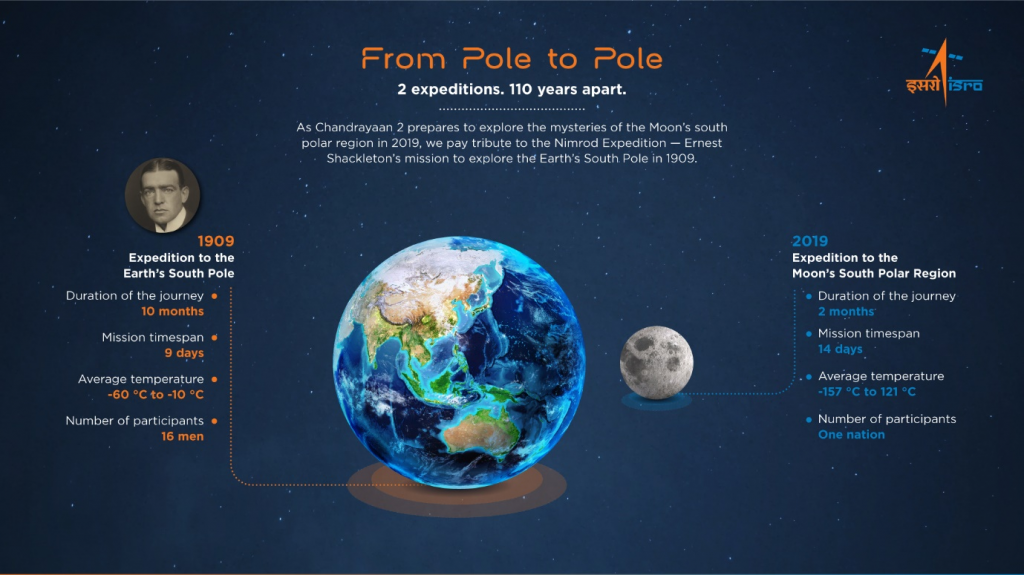
Key Achievements of Chandrayaan-2
- The launch of Chandrayaan-2 was an outstanding moment in India’s space journey. The Vikram lander’s failed soft landing made it only a partial success, leaving the orbiter to continue functioning optimally in lunar orbit.
- Some of the important highlights of the work performed by the orbiter that now significantly augment our knowledge of the Moon’s exosphere, topography, and makeup include the capture of high-resolution images of the Moon, detailed surface mapping, detection of water ice, and minerals from lunar soil.
- The mission brought to light India’s expertise in deep-space navigation, complicated mission planning, and autonomous spacecraft control.
- With Chandrayaan-2, ISRO attained global recognition and provided valuable scientific data for research to the world scientific community.
- This fostered efforts toward Chandrayaan-3 and gave impetus to India’s space research aspirations.
- The Chandrayaan-2’s achievements continue to inspire scientific curiosity and creativity in students, researchers, and space enthusiasts nationwide.
Challenges Faced During Chandrayaan-2 Mission
- It faced several challenges that put India’s space capability to scrutiny.
- The most humiliating setback from Chandrayaan-2 was the failure of the Vikram lander to perform an exemplary soft landing over the Moon’s south polar region.
- A last-minute deviation prevented a final descent from proceeding well, resulting in a crash landing, perpetuating the very complexities of navigating and landing on the Moon.
- Major concerns were technical constraints in software algorithms, velocity control, and communications loss.
- Also, carrying out mission objectives in one go with indigenous elements added to the technical stress.
- Alongside these, the mission had experienced delays at the pre-launch phase, including aborting the initial launch due to technical snag.
- Seeing these obstacles, the mission bearded the prowess of ISRO with a successful deployment of its orbiter and enduring scientific outputs.
- It thus acted as an eye-opener, feeding off critical data to fine-tune systems for future missions such as Chandrayaan-3.
- These challenges highlighted the need for more rigorous testing, real-time monitoring, and flexible mission planning in space exploration and in India’s climb as a new space power.
Legacy and Impact
- Chandrayaan-2 mission was launched on July 22, 2019, thereby leaving a mighty legacy despite the partial failure of the lander.
- The successful orbiter is still functioning, taking high-resolution images and providing invaluable data about the lunar surface, minerals, and exosphere.
- India took a technological leap with this mission; it has been the ultimate demonstration of ISRO being incapable of conceptualizing and carrying out such a complex interplanetary mission.
- It could place India on a separate pedestal in the global arena of space exploration and proclaim India’s confidence and capability in conducting peaceful scientific exploration.
- Chandrayaan-2 has inspired generations of scientists, engineers, trainees, and students; its general aura led to a rekindled interest in space study.
- The findings from this mission have advanced global lunar research and aided the planning of subsequent missions, especially Chandrayaan-3.
- This taught endurance, innovation, and how to learn from setbacks – the very basis of scientific advancement.
- Celebrating its launch anniversary will not only continue to honor India’s scientific achievements but will reaffirm the resolve of the nation in venturing into the uncharted frontiers of space.
Commemoration of Chandrayaan-2 Launch Anniversary
- The 22nd of July is observed across India as the anniversary of the launch of Chandrayaan-2-a very important date in the country’s space odyssey.
- Educational institutes, scientific organizations, and laypersons interested in space may hold seminars, exhibitions, space talks, and discussions with ISRO scientists.
- Schools and colleges organize science quizzes, model exhibitions, and guest lectures on various subjects to inspiring the children and spread awareness about India’s lunar missions.
- ISRO may update the nation on active missions or put together a documentary that showcases the work that has been done with Chandrayaan-2 in lunar research.
- The media and public recapitulate the successes and failures of the mission to date and celebrate the ongoing achievements of the orbiter.
- The event is of course marked by celebrations of achievements in technology, but more importantly, it is an honouring of the idea of scientific exploration and endless determination.
- This national pride boosts aspirations among the younger generation to endeavor into space sciences and research, thereby promoting India’s space innovation programme.
Way Forward
The Chandrayaan-2 Launch Anniversary offers itself as an occasion to promote space education and youth inspiration through science outreach and the heralding of ISRO’s illustrious exploits. With greater public participation and backing for future lunar missions and international avenues for cooperation, Chandrayaan-2 refers to the lock andantry of innovation and assures the cementing of Indian rising status in the turn of space and technology.
Conclusion
22 July is remembered as the anniversary of Chandrayaan-2 launch, representing every step India has taken into lunar exploration. Despite the challenges it faced, the mission was a statement of technology and scientific aspirations on the part of ISRO. It continues to nurture innovation, resilience, and ingenuity in space ventures, contributing to India’s growth in reputation in international space research and commitment to exploring the uncertain.
FAQs: Chandrayaan-2 Launch Anniversary
What is Chandrayaan-2?
Chandrayaan-2 is India’s second lunar mission aimed at exploring the Moon’s south pole using an orbiter, lander, and rover.
When was Chandrayaan-2 successfully launched?
Chandrayaan-2 was successfully launched by ISRO on July 22, 2019, from the Satish Dhawan Space Centre in Sriharikota, India.
Which vehicle launched Chandrayaan-2?
Chandrayaan-2 was launched by India’s Geosynchronous Satellite Launch Vehicle Mark III (GSLV Mk III) on 22 July 2019.
Did Chandrayaan-2 land successfully on the Moon?
No, Chandrayaan-2’s lander Vikram lost communication during descent and crash-landed, but the orbiter continues to function successfully.
Was Chandrayaan-2 a success or a failure?
Chandrayaan-2 was partially successful; its orbiter performed well, but the Vikram lander failed to make a soft landing.
| Further Reading |
|---|
| Chandrayaan-2 Gauges Sodium Content on Moon’s Surface |
| Achievements of India’s Space Program |
| India’s Space Missions |
Read this article in Hindi: चंद्रयान-2 मिशन प्रक्षेपण वर्षगांठ
GS - 3